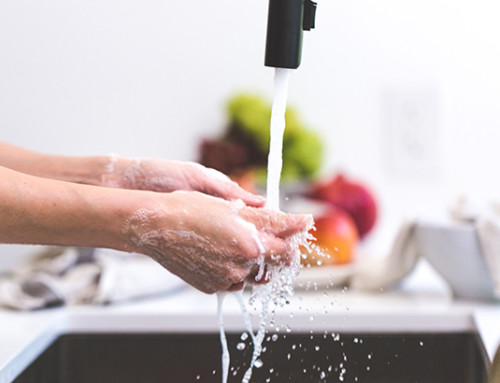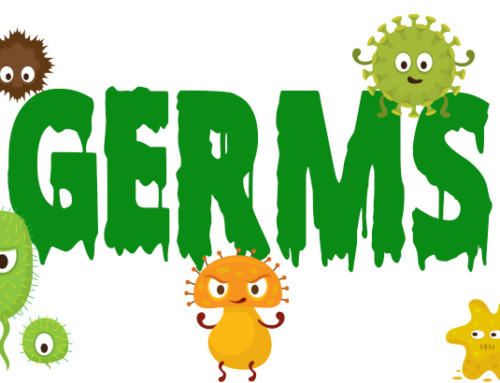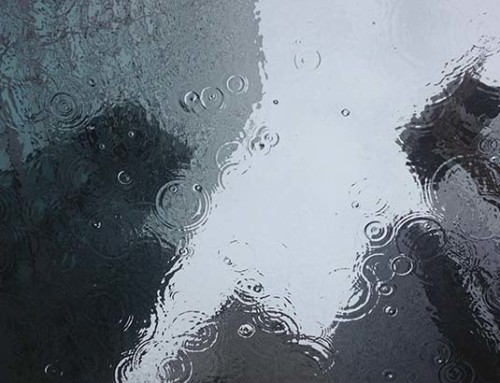Last week, we did an experiment to show the importance of hand washing, particularly during cold and flu season. So, this week, we want to talk about how germs actually spread. This will give us an even better understanding of how to prevent getting sick.
First, we need to look at why we have a “cold and flu season”, as they say. Why are colds more common in the winter? Well, for starters, we spend more time indoors sharing germs with other people. Unlike the summertime, kids are in school sharing germs with other kids. Our nasal passages are usually drier during the winter due to the dry air, which allows cold viruses to take hold more easily. In addition, the viruses that cause colds spread more easily in colder, drier air. Cold season usually starts in September and can run all the way into April.
So, what are some common ways that germs spread?
Nose, Mouth or Eyes to Hands to Others
From last week’s experiment, we know it can spread from our hands touching something. We can spread germs to our hands by sneezing, coughing or rubbing our eyes, then touching someone else. This is why washing our hands properly is so important and effective at preventing a cold.
Hands to Food
Germs can be transferred from unwashed hands to food. If you are eating food prepared by someone who may have used the restroom and didn’t wash their hands afterwards, they are passing those germs on to you and anyone else who might be eating the food.
Food to Hands to Food
Restaurants have to follow very strict food safety standards when preparing food, and you should follow the same standards at home. When you are preparing raw foods, such as raw chicken, germs can be transmitted from the chicken to your hands. If you don’t wash your hands after handling these raw foods, those germs can then be transferred to other foods, such as a salad. Sure, once you cook the chicken, it kills the germs. But if you’ve handled the salad in the meantime, that doesn’t get cooked, and those germs are transferred to the person eating it. This is how serious organisms, like Salmonella, can spread.
Infected Child to Hands to Other Children
If a small child has diarrhea, the parent doing the diaper change can get germs on their hands. If they don’t wash their hands immediately, and then touch another child, those germs are spread.
Animals to People
Animals are covered in germs. Think about it. They’re not regularly washing their hands or bathing, so those germs just keep building up. Touching an animal and then touching someone else or any surface without washing your hands first will spread those germs.
Air
When someone coughs or sneezes, even if they cover their mouth, many of those germs escape into the air. Have you ever watched one of those slow-motion videos of someone sneezing? It’s insane! It is essentially a giant spray of germs, everywhere. That spray can travel as far as 6 feet! Even talking can release droplets from an infected person into the air, which can then be inhaled by a person nearby.
Indirect Contact
Germs can spread through indirect contact, which would be if you touch something with germs already on it, like a remote control, and then touch your eyes, nose or mouth. Germs can live for hours on surfaces like doorknobs, desks and tables. Unfortunately, we can’t see them to know that they’re there.
As you can see, hand washing is crucial in almost every instance. And if you’re sick, remember to steer clear of others as much as possible to avoid spreading those germs.







Leave A Comment